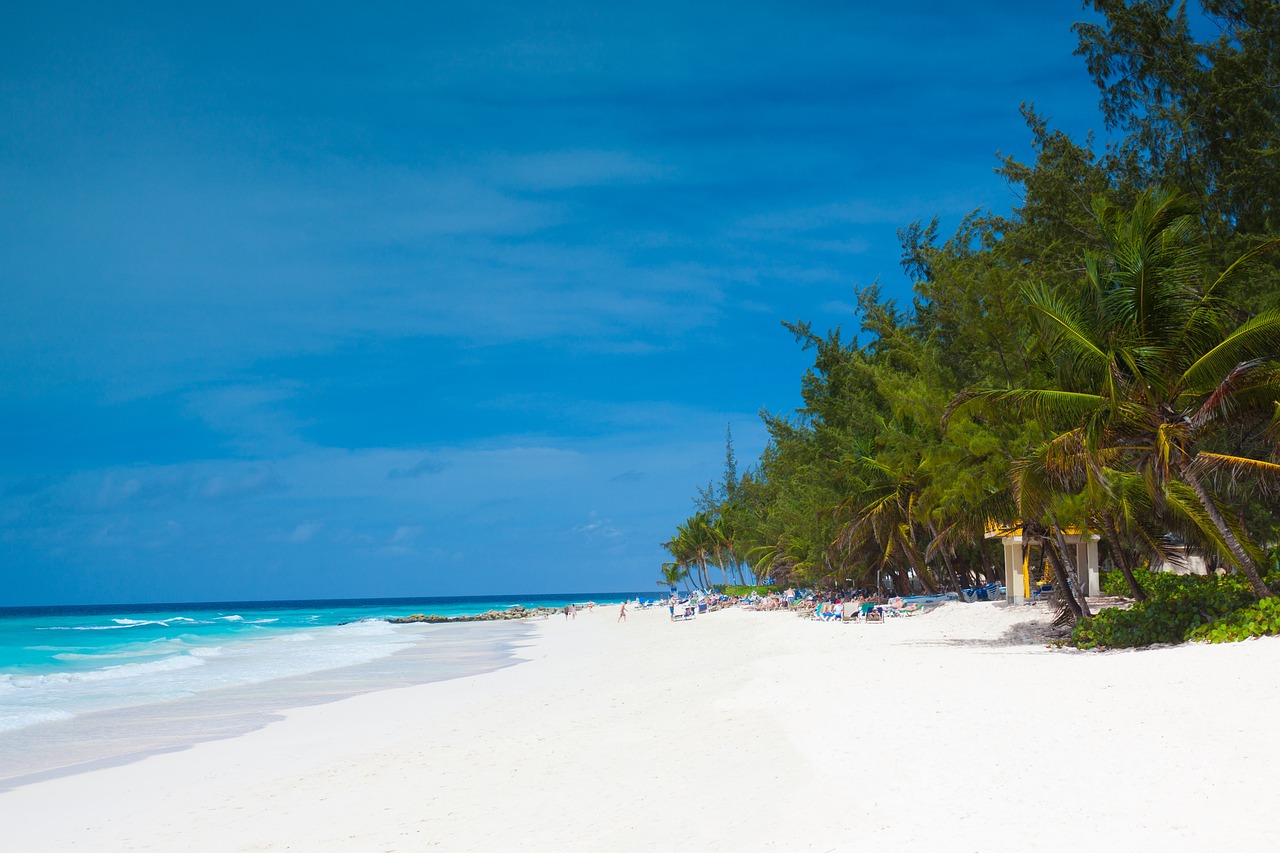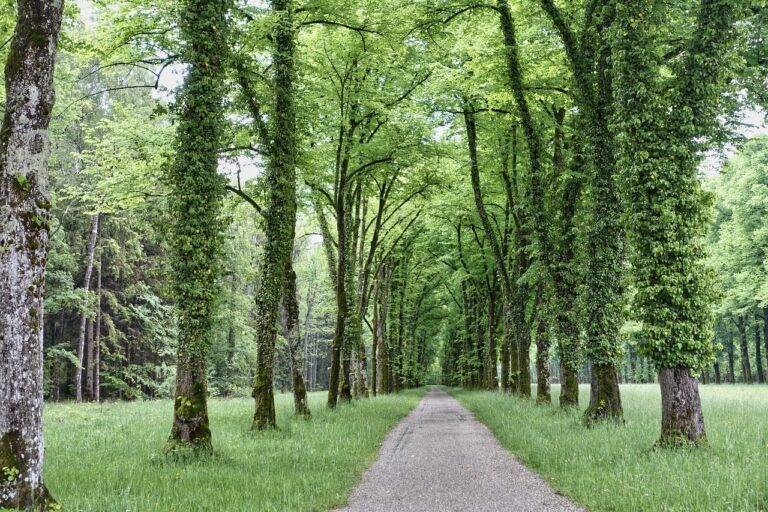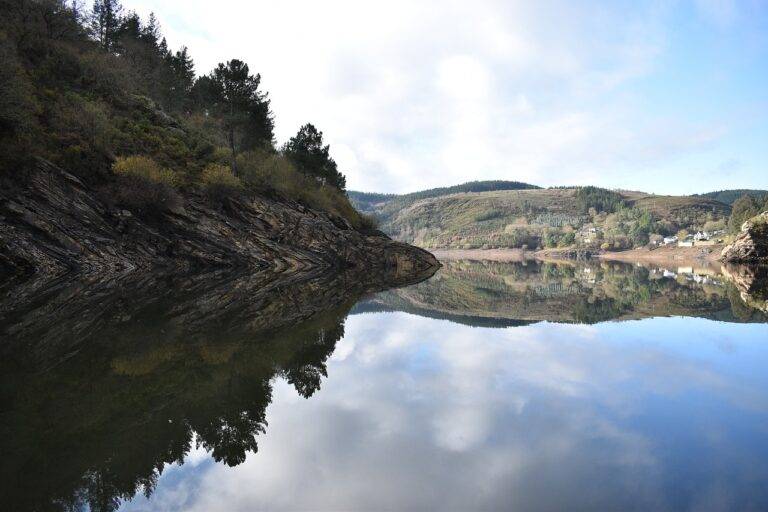Best Places to Stargaze: Astronomy and Travel
enthusiasts are constantly seeking out dark sky locations for the optimal experience of observing the night sky. Light pollution from urban areas can obstruct the visibility of stars, planets, and other celestial objects, making it essential to find areas with minimal artificial light interference. Locations with dark skies provide the opportunity to witness the full beauty of the cosmos and to connect with the natural world in a profound way.
In addition to enhancing the quality of stargazing experiences, dark sky locations are also crucial for the preservation of nocturnal ecosystems. Light pollution can disrupt the behavior and habitats of various nocturnal animals, affecting their ability to forage, hunt, and navigate in the dark. By choosing to visit dark sky locations and supporting efforts to reduce light pollution, individuals can contribute to the protection of these fragile ecosystems and help ensure the continued existence of these unique environments.
Factors to Consider When Choosing a Stargazing Destination
When choosing a stargazing destination, it is essential to consider the level of light pollution in the area. Light pollution from cities, towns, and commercial developments can significantly impact the visibility of stars in the night sky. Opting for locations with minimal light pollution, such as designated dark sky sites or remote areas, can enhance your stargazing experience and allow for better observation of celestial bodies.
Another factor to consider is the weather conditions of the stargazing destination. Clear skies are crucial for optimal stargazing, as cloud cover can obstruct the view of stars and other astronomical phenomena. Researching the typical weather patterns of a potential stargazing location, as well as checking forecasts before your trip, can help increase the likelihood of having clear skies for stargazing sessions.
Why is it important to choose a dark sky location for stargazing?
Dark sky locations offer minimal light pollution, allowing for better visibility of stars and celestial bodies.
What are some factors to consider when choosing a stargazing destination?
Factors to consider include the darkness of the location, the weather conditions, the altitude, and the accessibility of the area.
How can I find dark sky locations for stargazing?
You can use resources like the International Dark-Sky Association’s Dark Sky Places program or apps like Dark Sky Finder to locate dark sky locations near you.
Are there any specific times of year that are better for stargazing?
Generally, the best times for stargazing are during the new moon phase when the sky is darkest. However, different celestial events may be more visible at different times of year.
What equipment do I need for stargazing?
Basic equipment for stargazing includes a telescope or binoculars, a star chart or astronomy app, and warm clothing or a blanket for comfort.





